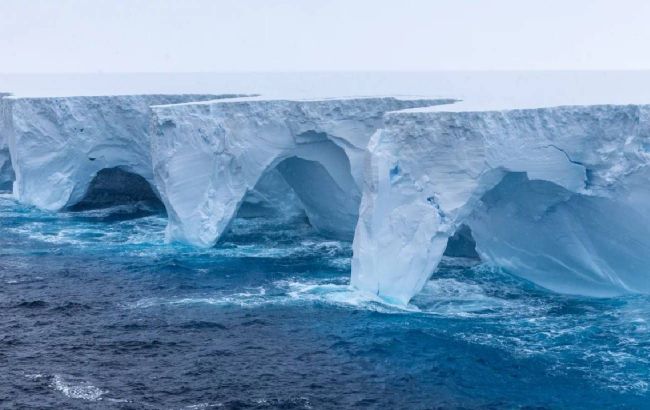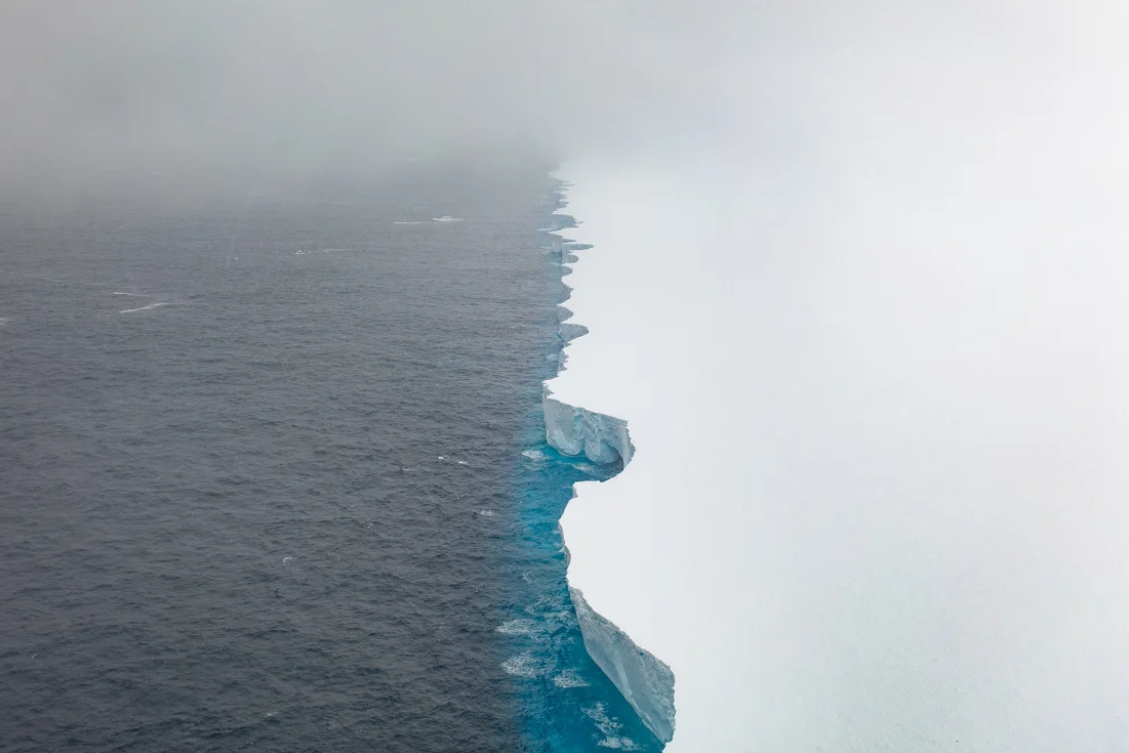Arches and 'caves' emerge in world's largest iceberg - Photo
 Iceberg A23a forms 'caves' and arches (Photo: Richard Sidey/Eyos Expeditions)
Iceberg A23a forms 'caves' and arches (Photo: Richard Sidey/Eyos Expeditions)
The world's largest iceberg, named A23a, has formed massive arches and "caves." This iceberg is currently drifting away from the shores of Antarctica. It is almost twice the size of London, according to CNN.
Current appearance of the largest iceberg
Images were captured from the deck of a ship operated by the EYOS Expeditions company, which is navigating along the section of the A23a iceberg. The photos reveal deep surface cracks as well as carved "caves" in the iceberg.
The A23a iceberg gradually diminishes as it moves farther north from Antarctica and encounters softer air and higher ocean temperatures.
The expedition team witnessed iceberg fragments breaking off and drifting separately in the sea.

This is what iceberg A23a looks like (Photo: Richard Sidey/Eyos Expeditions)
A23a formed in 1986 when a massive mass of ice broke away from the Filchner-Ronne Ice Shelf.
The iceberg has a thickness of about 400 meters and an area of nearly 4,000 square kilometers. This is more than three times larger than Los Angeles.
A23a has held the title of the "largest iceberg" several times since the 1980s. Larger but less persistent icebergs occasionally surpassed it.
Scientists have stated that although this iceberg likely detached as part of the natural cycle of ice shelf growth, climate change is causing alarming changes on this vast, isolated continent with potentially devastating consequences for global sea-level rise.
In February of last year, sea ice in Antarctica reached its smallest extent since records began - 1,112,056 square kilometers. Scientists claim that iceberg A23a will eventually disappear over time.

A23a is the world's largest iceberg (Photo: Richard Sidey/Eyos Expeditions)

